Phone:
(701)814-6992
Physical address:
6296 Donnelly Plaza
Ratkeville, Bahamas.
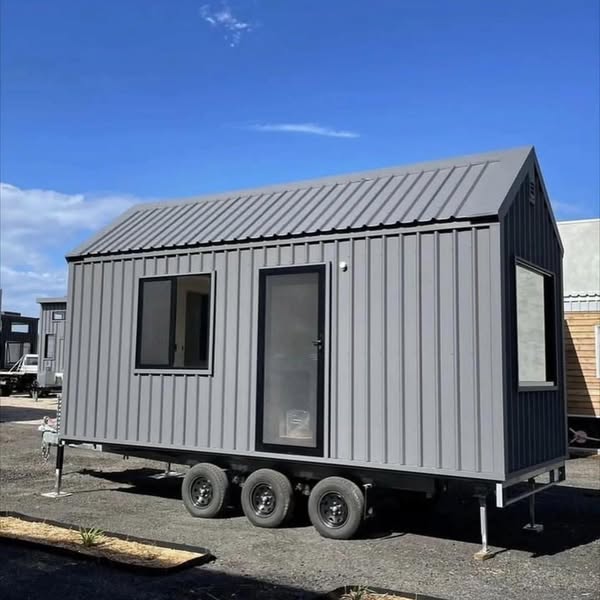
$3,000.00
The allure of owning a home for under $5000—or even $3000—is undeniable, but shipping container homes make this dream partially achievable with creativity, compromise, and DIY effort. While a move-in-ready home at these prices is unrealistic, this guide explores what is possible, answering top Google questions and providing actionable insights for budget-conscious buyers.
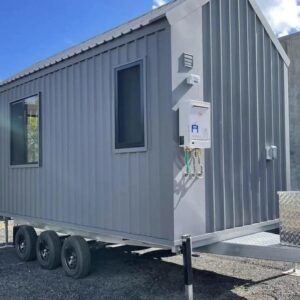
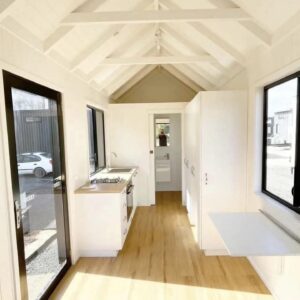
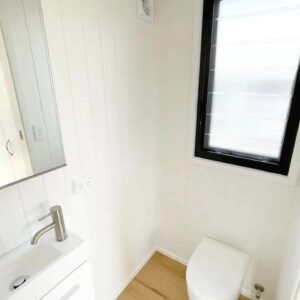
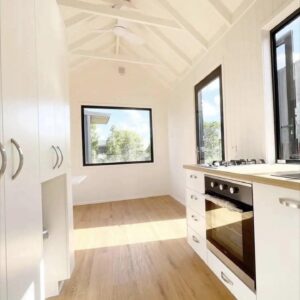
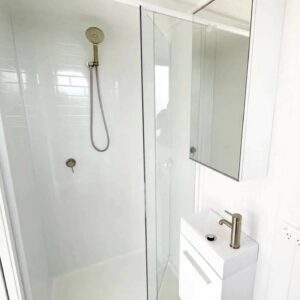
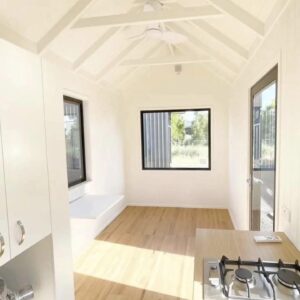
Answer:
Under $3,000: You’ll only cover a used 20-foot shipping container ($1,500–$2,500) and basic materials like insulation or flooring. No plumbing, electricity, or interior finishes are included.
Under $5,000: Add a camping toilet, portable stove, and DIY solar lighting. For example:
$3,000–$5,000: Used container + spray foam insulation ($1,000) + salvaged windows/doors ($500) + basic utilities ($1,000).
Answer:
Under $3,000: A stripped-down shell with minimal insulation and a makeshift bed (e.g., floor mattress).
Under $5,000: Upgrade to:
Kitchenette: 2-burner propane stove, salvaged sink, and mini-fridge ($500).
Bathroom: Composting toilet ($600) and outdoor shower ($200).
Sleeping: Lofted bed frame using reclaimed wood ($300).
Answer:
Local shipping yards: Coastal cities (Houston, Miami) sell used 20ft containers for $1,500–$3,000.
Online auctions: Websites like Container Auction or Craigslist often list damaged/dented units at 30–50% discounts.
Answer:
Insulation: Use budget-friendly fiberglass batts ($200) or DIY rigid foam boards ($500).
Roofing: Attach a corrugated metal overhang ($300) to prevent rain pooling.
Ventilation: Install salvaged windows ($100 each) to reduce condensation.
Answer:
Rural areas: Often allow container homes as accessory dwellings or “temporary structures.”
Urban zones: Strict zoning laws may ban them. Always check local codes first!
Answer: Yes! Start with a $3,000 shell, then phase in upgrades:
Year 1: Add a porch ($500).
Year 2: Install solar panels ($1,000).
Year 3: Build a loft for storage/sleeping ($800).
Answer:
Permits: $200–$1,000 (varies by state).
Transportation: $2–$5 per mile to move the container.
Tools: Welding equipment or power tools if DIYing ($500+).
Answer:
Electricity: Solar kits ($500) or a generator ($300).
Water: 5-gallon jugs for drinking, outdoor hose for washing.
Waste: Composting toilet ($600) or portable cassette toilet ($200).
Answer: Steel containers are fireproof and wind-resistant. However, improper modifications (e.g., weak door frames) can compromise safety. Reinforce cuts with welded steel beams.
Answer: Yes, but resale value depends on upgrades. A $5,000 build with insulation and solar panels may sell for $8,000–$12,000.
While a fully finished container home under $3,000 or $5,000 remains a myth, these budgets can jumpstart your journey to affordable, sustainable living. Focus on securing a sturdy used container, weatherproofing it, and adding essentials like insulation and a composting toilet. Over time, phased upgrades—like solar panels or a loft—can transform your shell into a cozy retreat.
Takeaway:
Under $3,000: A bare-bones project for adventurous DIYers.
Under $5,000: A functional tiny home shell with basic amenities.
Ready to start? 🛠️ Hunt for a container, prioritize safety and insulation, and embrace the challenge of creating your own minimalist haven. With grit and creativity, even $5,000 can lay the foundation for a debt-free, eco-friendly lifestyle. Container Homes for Sale Under 3000.
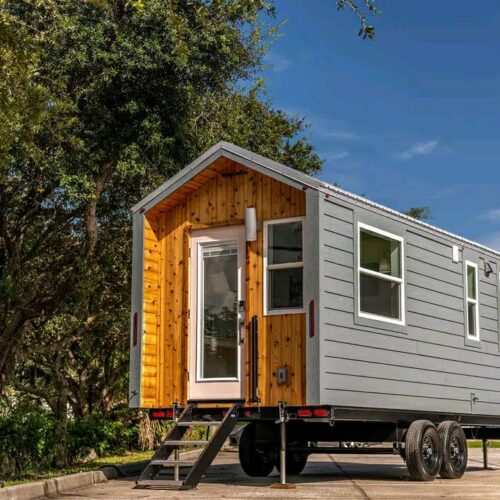
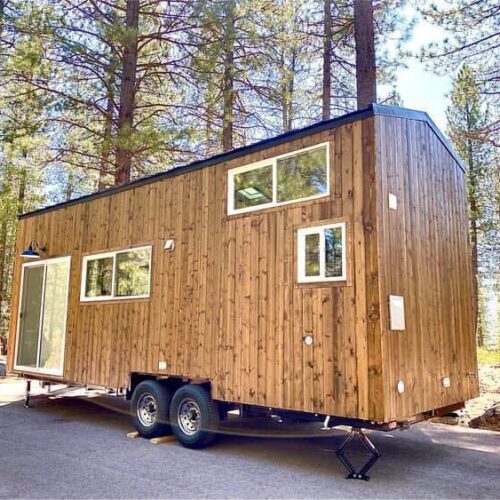
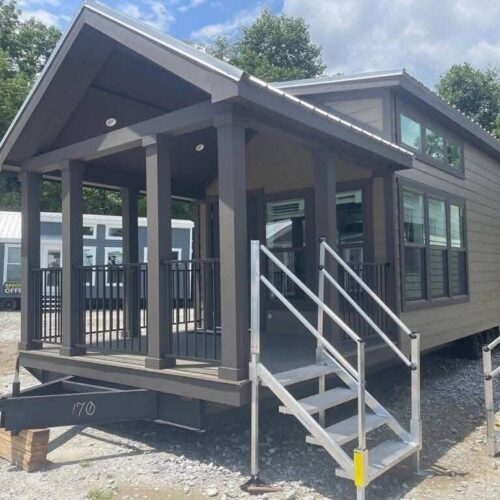
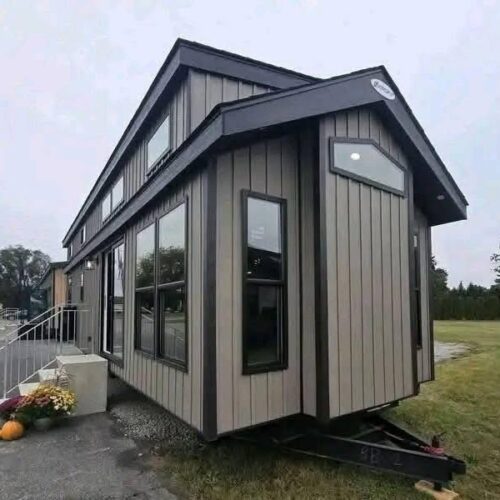

Reviews
There are no reviews yet.